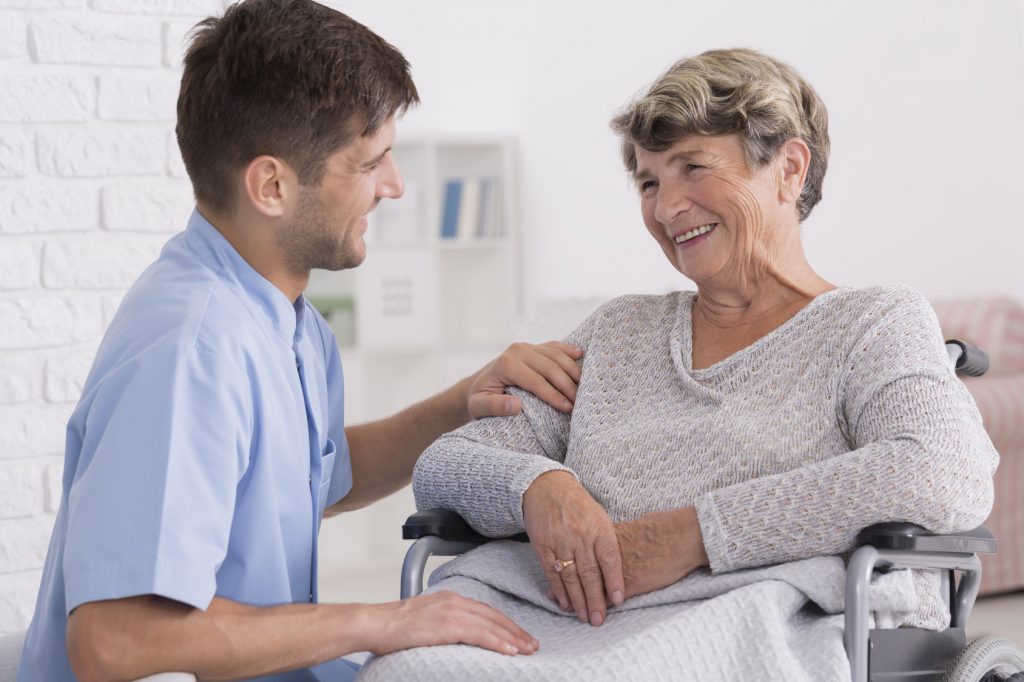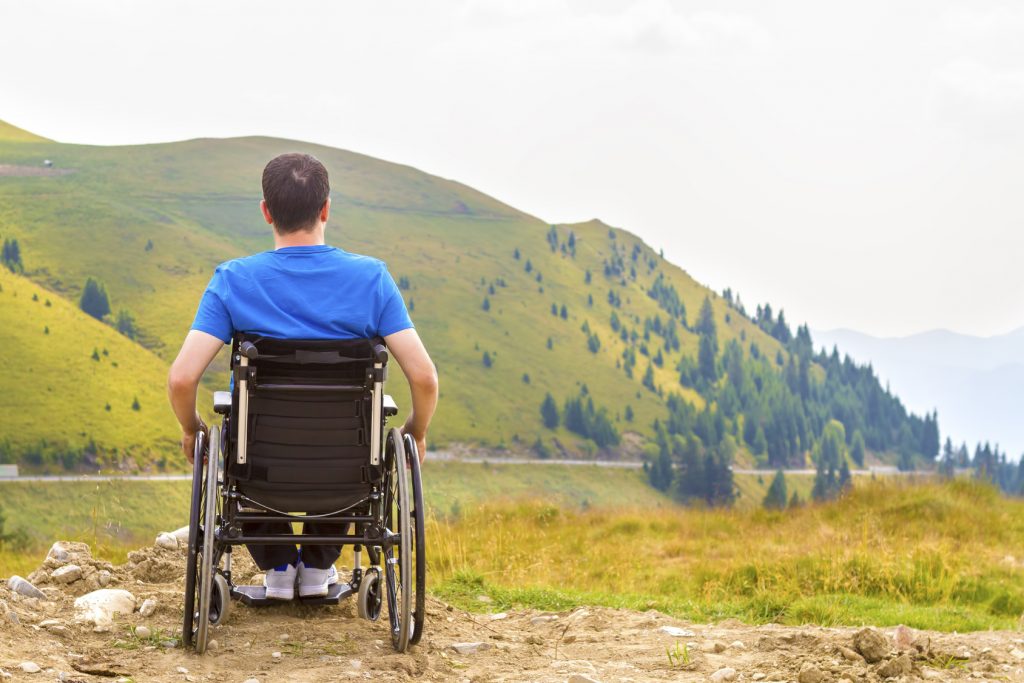Therapy
CategoryTreating Pain: It is Much More Than “This” vs. “That”
Persistent pain is complex and it is very unlikely that one magic bullet treatment is going to be the sole key to successful outcomes.
Use Built-in Apps to Support Life Skills
Encourage clients to use apps already available on their mobile devices for assistance with job and vocational demands.
6 Bits of Inspiration from Ascend 2017
Here are a few key takeaways from this year’s Ascend conference, which therapy professionals can put into action whether or not they attended this past weekend.
Happy National Physical Therapy Month!
October is the time to recognize the impact PTs and PTAs have on their patients’ lives and in their communities.
The Mind Has It
Exploring the merits of cognitive-behavioral therapy techniques, namely the act of mindfulness, in your therapy practice.
Best Ways to Survive as a Travel SLP
Are you an SLP who’s dreading traveling from building to building or house to house each day? Here are some helpful tips to survive it.
The Real Story About Chronic Fatigue Syndrome
Research shows that the condition is a true physiological disease. Here’s what to look for, and how PTs are helping those who have it.
5 Things I Wish I Had Learned in PT School
There are just some lessons that, as a PT, you simply cannot learn in a formal educational environment.
Man Moves Paralyzed Legs Using Device That Stimulates Spinal Cord
Researchers say these results offer further evidence that a combination of this technology and rehabilitation may help patients with spinal cord injuries regain control.
Going Global for Back Pain Treatment
Of the millions of Americans suffering from back pain, there are an equal number of possible treatments and technologies that we, as physical therapists, need to explore and administer.







